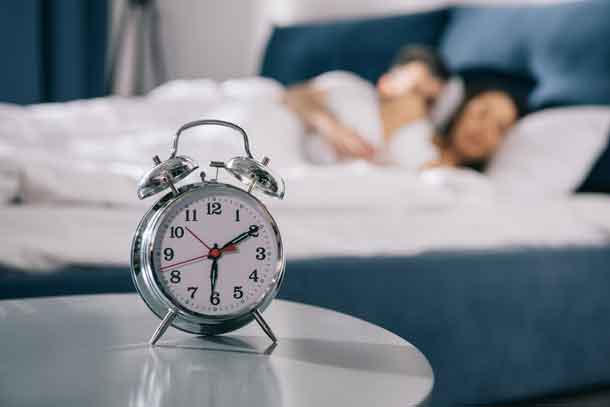Most of us have hectic schedules these days, so it can be difficult to get the recommended eight hours of uninterrupted sleep. This means that you’re most likely running on much less sleep than you need, which in turn can affect how you work and/or tend to your family’s needs.
Even if you aren’t able to get a full night’s sleep consistently, it’s important to know how to improve the quality of your sleep so that you’ll wake up feeling more refreshed. You may not feel that sleep positions have much to do with sleep quality, but this is simply not true. If you feel groggy or sluggish in the morning, you may need to change your sleeping position. Here is some information on how sleeping positions can have an impact on your sleep and how you can get better rest at night.
Sleeping Positions and Your Quality of Sleep
If you’re sleeping in the wrong position, you may not get restful sleep. Not every sleeping position will be comfortable for your body and some positions can even put your health at risk. Because the position of your body while sleeping is crucial when it comes to healthy and restorative sleep, here are some positions you should try to improve the way you feel in the morning.
Sleeping on Your Back
The soldier position, or sleeping on your back with your arms down at your sides, is actually detrimental to your health. When you sleep on your back, you are more prone to snoring which can make sleep apnea worse. Sleeping in this position can also stop the blood supply to your brain which can lead to a host of health issues. If this is the sleep position that is most comfortable for you, improve the position by placing a pillow under your knees to relieve pressure on your back. It’s also a good idea to start training your body to stop sleeping in the soldier position.
Sleeping on Your Stomach
Sleeping on your stomach with your arms nestled under a pillow is often the go to sleep position for most people. However, this position doesn’t allow you to wake up rested either. When you sleep on your stomach, you’re putting excess strain on your spine and neck, and you may find that it’s difficult to breathe. Improve this position by purchasing a softer mattress such as the Tulo mattress which can improve this sleeping position. Tulo mattresses allow you to select from three firmness levels to customize your sleeping experience.
Sleeping on Your Side
About 15% of people sleep on their sides and this is known as the log position. Sleeping in this position, one can experience level health benefits to ensure that they get a good night’s sleep for individuals with back pain.
When you’re on your side, your chances of sleep apnea are reduced since your airways are open and you can take deeper breaths during sleep. If you sleep on your left side, your digestion will improve, especially if you’ve had a heavy meal for dinner. However, if you favor your right side when sleeping, you’re more likely to develop heartburn or acid reflux, so try to switch sides as part of your sleeping routine. Sleeping with a pillow between your legs to support your spine and neck can make the side-sleeping position more comfortable by reducing muscle strain in your neck and lowering the chances of neck pain in the morning.
Sleeping In the Fetal Position
Another sleeping position would be the fetal position, which is when one sleeps on their side with their legs near your chest. According to a survey that was conducted by Chris Idzikowski, author of Learn to Sleep Well, approximately 41 percent of all sleepers use this position. And while this is a popular sleeping position, it may not be the best position for you. Sleeping in the fetal position can potentially cause strain on your neck and back joints. To reduce any potential pain and discomfort, curl in a relatively loose position or with a pillow between your knees. This can help you avoid any joint stiffness and pain in the morning.
There are simple things you can do to improve your quality of sleep simply by learning how sleep positions affect your body and ability to rest. In addition to figuring out what sleep position is best for you and avoiding sleeping on your back, stomach, or left side, of just a combination sleeper, remember that a quality mattress and microfiber pillows can also support your body. Having a quality mattress and pillows can make you more comfortable when it’s time to get a good night’s rest.

